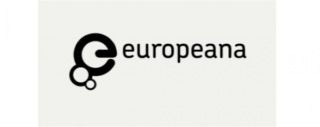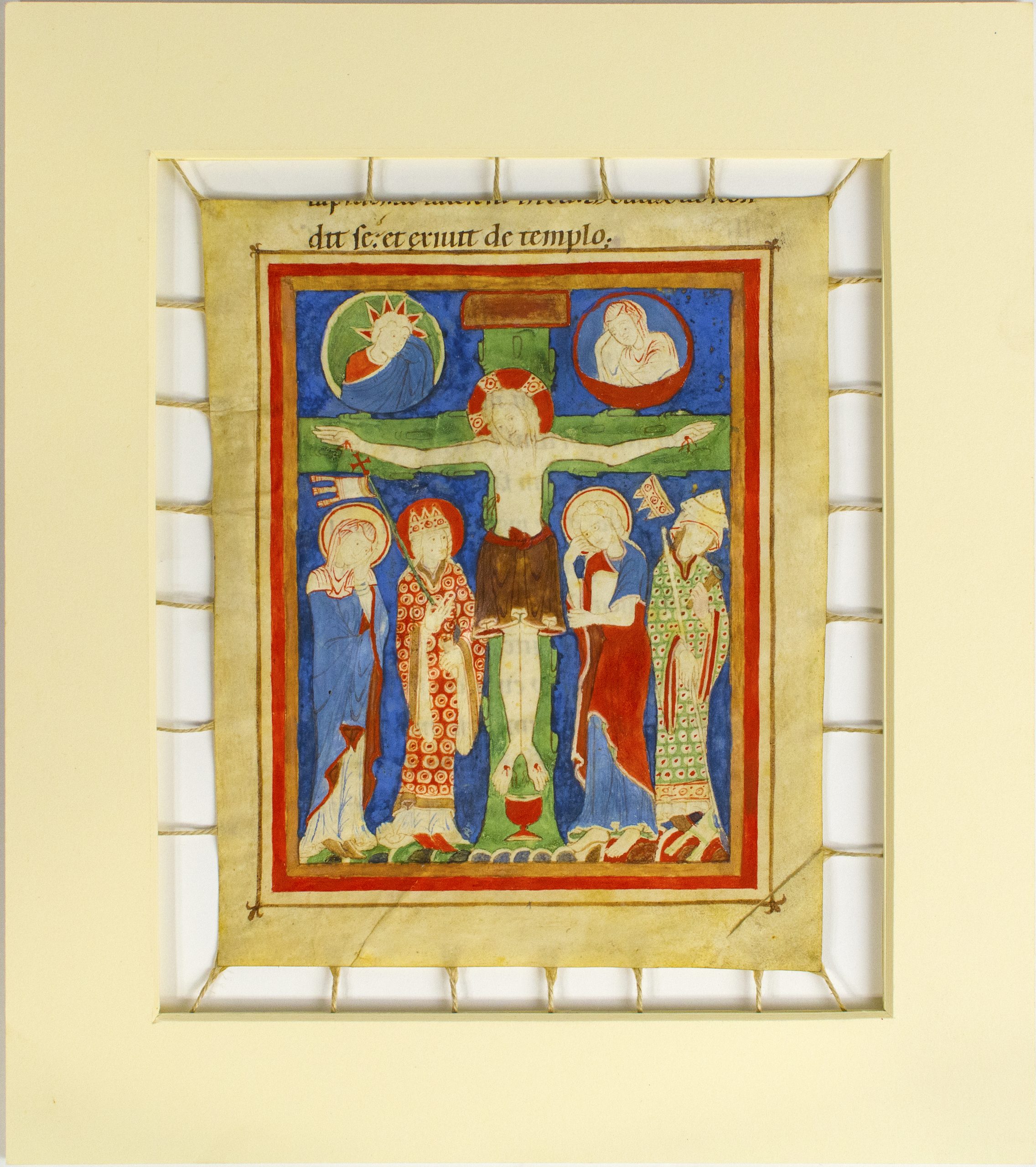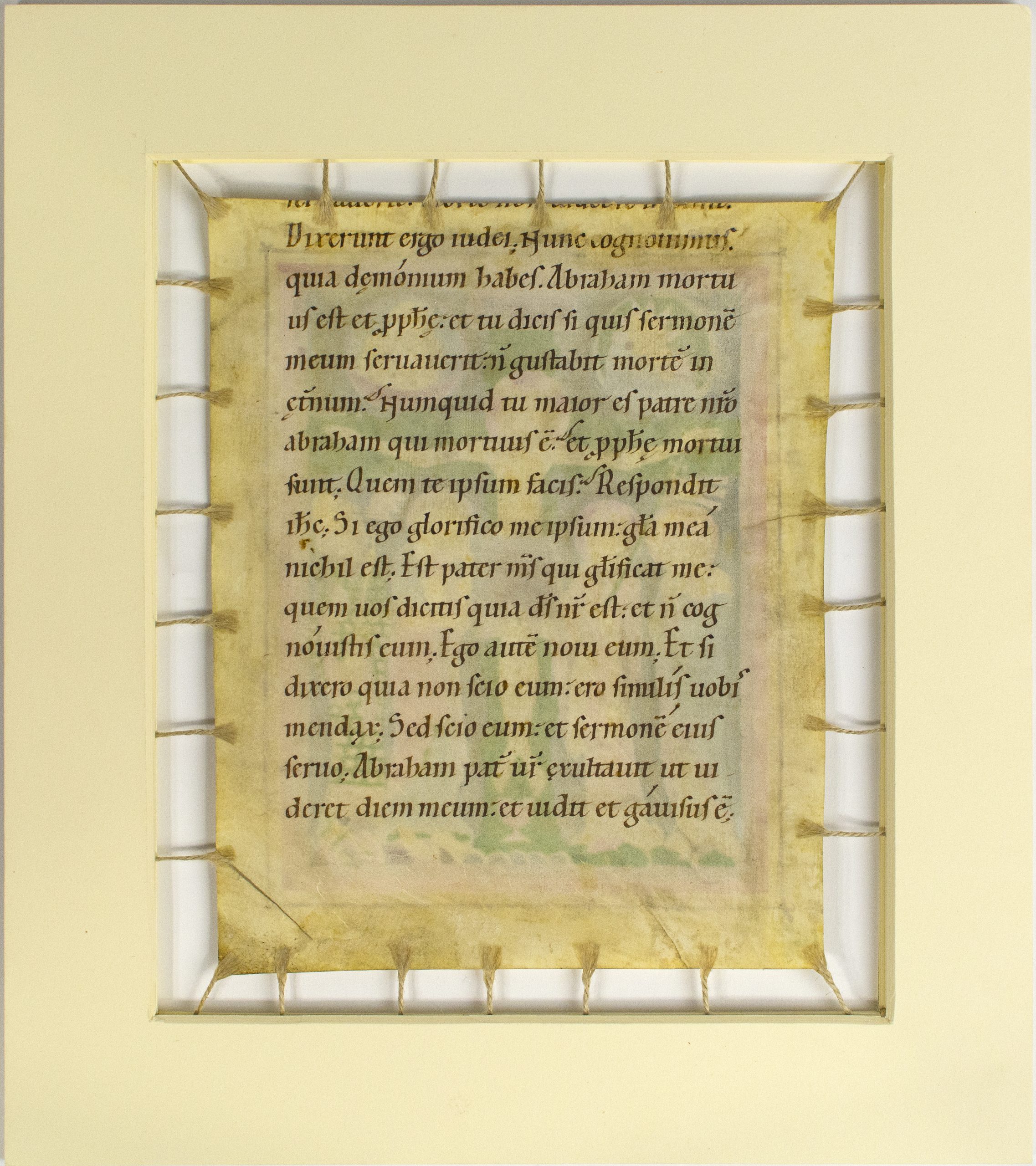John Hunt Collector & Archaeologist workshop delivered through zoom
Location: Zoom
Suitability: 3rd & 4th class
Duration: 30 minutes
Cost : Free
To Book contact the education team at
education@huntmuseum.com or call 061 490089
Location: Zoom
Suitability: 3rd & 4th class
Duration: 30 minutes
Cost : Free
To Book contact the education team at
education@huntmuseum.com or call 061 490089
The Hunt Museum Collection speaks to John Hunt`s curiosity about the world he lived in, ancient cultures, archaeology, art and fine craftsmanship.
In this live, online, taster workshop learners will virtually access the world of John Hunt through archival photographs, Collection images and short animations and a live discussion with a member of staff from the Hunt Museum. They will develop a broad understanding of the types of objects he collected, where he sourced them, as well as the impact he made in the field of Irish archaeology while living in Lough Gur.
Curricular Links
History: Working as a historian; Stories from the lives of people in the past
Science: Working Scientifically; Materials
Geography: A sense of place and space; Maps, globes & geographical skills; Human Environments
ARMA – Making Ink: Suitable for 4th – 6th Class






Medieval Manuscripts provide scholars and historians with insights into society and culture during the Middle Ages. They are also of interest to scientists, as they provide evidence of how different coloured inks and dyes were created using materials found in nature. Under this theme, primary school pupils will have the opportunity to experiment with pigments from natural materials inspired by those used in Medieval Manuscripts. The first video will introduce pupils to ink making in the Medieval period, recipes to achieve different colours, and the level of creativity and ingenuity required to make such inks. The second video provides tutorials on how to make ink from foraged and natural materials found in your nearby area.
Click here for ARMA Reading Aloud resource.
Click here for ARMA Calligraphy programme.
With Thanks to



This programme will introduce primary school pupils to the practice of reading in the Middle Ages and how it was different from reading today. Pupils will begin by playing the interactive Reading Aloud Game, which will encourage them to think about what reading is and how it changed over time. The lesson plan that follows outlines a series of performance-based activities inspired by the research of Eleanor Giraud on Melodic Lection Marks, and how they aided with reading aloud. Following this programme, pupils will have a greater understanding of the practice of reading aloud in Medieval times, the shift towards silent reading, and how this changed our relationship with the written word.
Click here for ARMA Making Ink resource.
Click here for ARMA Calligraphy programme.






With Thanks to



Welcome to the Art of Reading in the Middle Ages (ARMA) curriculum linked teaching and learning resources for schools. These harness medieval digital collections from the Hunt Museum and Limerick Museum and manuscripts available through Europeana Foundation
The ARMA programme aims to explore how reading culture evolved in the Middle Ages and became a fundamental aspect of European culture. The main objectives of this programme is to digitise up to 20,000 medieval manuscripts (c. 500 and c. 1500) and make them accessible online for anyone to use copyright free. Critically the programme will also unlock the educational potential of these digital collections by producing an online exhibition, blogs and other editorials and teaching and learning resources.
Click here for ARMA Making Ink resource.
Click here for ARMA Reading Aloud Resource
Resource 1: Calligraphy in the Middle Ages
Suitability: 4th to 6th classes

Translator at work from BL Royal 18 E III, f. 24 by Valerius Maximus, translated by Simon de Hesdin and Nicholas de Gonesse - 1479 - The British Library, United Kingdom - Public Domain.

Manuscript leaf from a Book of Pericopes/Animal,Skin,Mammal skin,Parchment,Vellum/12th century AD/The Hunt Collection/PD

Manuscript leaf from a Book of Pericopes/Animal,Skin,Mammal skin,Parchment,Vellum/12th century AD/The Hunt Collection/PD
Visual Art
History
Today it is easy and quick to record and disseminate information, but in the Middle Ages this process was slow and laborious. All books known as manuscripts were copied by hand using a decorative style of script known as calligraphy.
These teaching materials will enable primary school children to learn about the process and history of calligraphy by comparing and contrasting manuscript examples from Europeana’s collections and historical objects from Limerick Museum and the Hunt Museum associated with the practice of calligraphy. The children will then fashion a calligraphy pen and use it to create their own piece of calligraphy.
With thanks to:







Communities of Culture Loan Box for Primary Schools.
The Hunt Museum offers a range of different loan boxes containing an array of handling material, and activity resources, that can bring the past to life in the classroom.
Choice of two loan boxes to choose from – the Northside loan box and/or the Southside loan box. Created by local community groups with activities and workshops relating to the culture and heritage in these areas.
Available to rent for 10 days at a cost of 35 Euro
Suitable for Primary and Secondary Schools
This loan box comes with a set of instructions enabling teachers to set up and deliver our fun and engaging workshops in the classroom.
This loan box contains an array of replica objects and activity resources, that bring the history of the Viking Age to life.
Teachers must be able to collect and return loan boxes to and from the hunt museum
This 20 minute video workshop introduces Primary School pupils to animal based collections at the Hunt Museum. Pupils learn how artists throughout history have depicted animals in their art, and why certain animals are important to different cultures. Pupils will be introduced to the online research tools that will help them complete the Animal Hunt 3D online activity.
History
Art
For 3rd and 4th Classes
Cost: 3.50 per pupil, teachers go free!
Duration: 2 hours including 15 minute break
This workshop takes learners on a journey through the Stone Age and Bronze Age. Through the handling of replica objects and analyzing archaeology in the Collection, they will learn how people lived, their beliefs and practices and what technologies emerged and evolved during these prehistoric periods. Visual thinking strategies will be used in conjunction with our beautifully illustrated Life in the Bronze Age exhibition, deepening learner knowledge.
History
Science
Geography
The Three Muses: An innovative schools programme from the Hunt Museum, Limerick Museum, and Limerick City Gallery of Art, focussing on modern and contemporary visual art.
Duration: 60 mins
The Three Muses: Exploring art and identity is a programme for Primary School students designed to increase access, ownership, and enjoyment of the collections of three museums in Limerick city.
Participating school groups will enjoy a full day at the museum of workshops, and avail of activity packs to extend their learning.
Visual Art
History
Suitable for 1st – 6th class
€3.50 per pupil, teachers go free!
This workshop is all about the Vikings. Pupils engage in active learning through handling replica objects such as clothing tools and weapons. During this tour they experience original Viking objects in our collection and complete related activities facilitating cross curricular learning. This workshop can be tailored to suit different age groups and learning abilities.
Curricular Links:
Art: Drawing & Constructing
Strand: Looking & Responding
History: Stories; Early People & Ancient Societies;
Change & Continuity; Working as a Historian;
Local Studies
This is also available as a loan box.
The Hunt Museum offers a range of different loan boxes containing an array of handling material, and activity resources, that can bring the past to life in the classroom.
Contains artifacts relating to Ireland’s Viking age, and the role of the Norsemen in Limerick.
Cost: 35 euro for 10 days.
Art
History
Find it here.